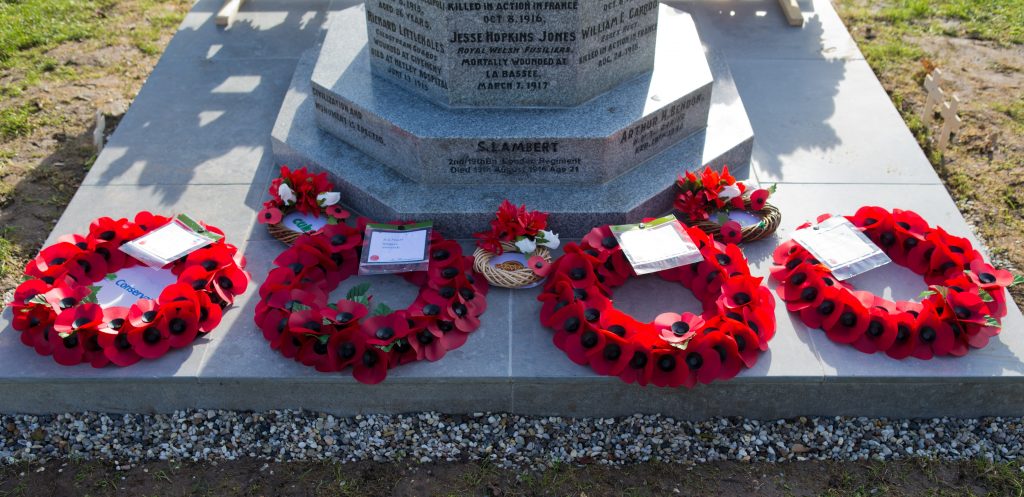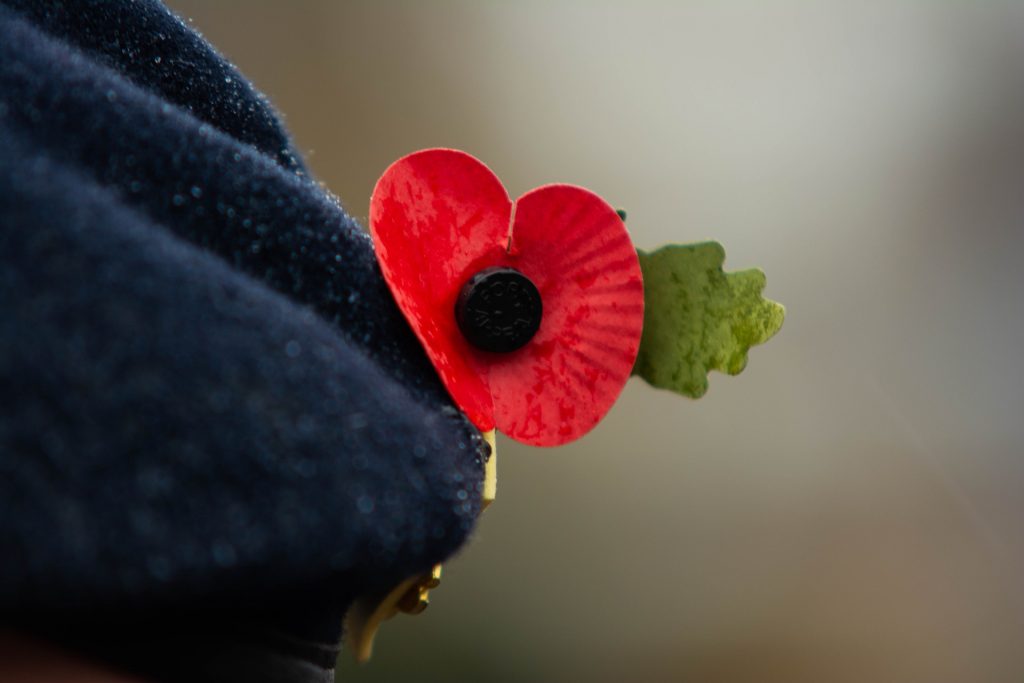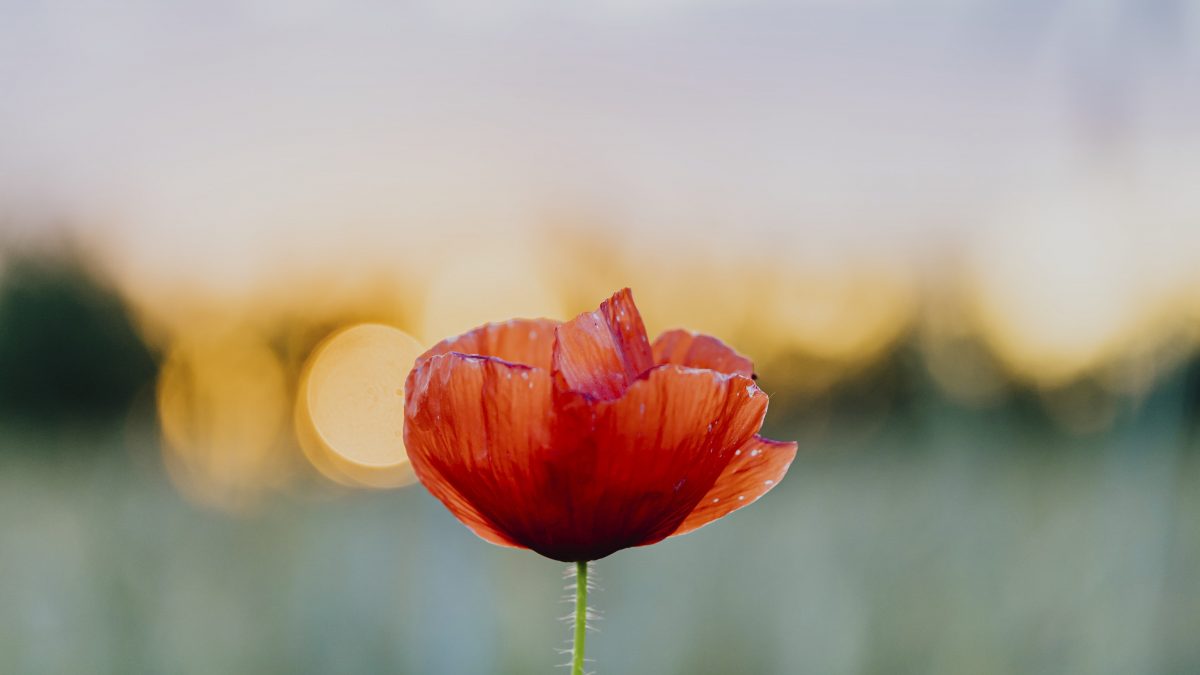Remembrance Day in Plymouth

PALOMA FAITH – PLYMOUTH – CENTRAL PARK – SATURDAY 09 JULY
27th October 2021
SONGLINES: TRACKING THE SEVEN SISTERS
27th October 2021“They shall grow not old, as we that are left grow old: Age shall not weary them, nor the years condemn. At the going down of the sun and in the morning, We will remember them.”
Remembrance Day, also known as Armistice Day, marks the end of World War I in 1918. On the 11th hour, on the 11th day, on the 11th month, WWI came to an end. From this day forward, we hold a 2-minute silence to remember those who fought and sacrificed their lives for our country’s freedom. The whole country holds a silence to think and appreciate every soldier from not just WWI, but every war, for us to be here today.
In the United Kingdom, we hold the 2-minute silence on the 11th of November to remember the fallen. However, in 1956, the British Government replaced Armistice day and moved the Remembrance observance to the second Sunday in November. This was declared after WWII to honour participants who fought or contributed in both wars. This is now known as Remembrance Sunday. In 2020, this will occur on the 8th of November. Remembrance Sunday is when the ceremony officially takes place along with another 2-minute silence.

In Plymouth, Remembrance Day is particularly important due to its strong military history. With its location near the Royal Navy base, Royal Marines and the RAF base, most residents know someone currently serving in these Armed Forces. Remembrance Day allows the people of Plymouth to commemorate those currently serving or those who have sadly lost their lives, fighting for our country.
During WWII, Plymouth suffered devastation from the bombings. Their main target was Devonport however, other areas of Plymouth were severely affected. Nearly every civic building was ruined including places of worship and schools. Most of these were re-built however, one building still stands as a reminder of the Plymouth Blitz in 1941 which is Charles Church, located on the roundabout opposite Drakes Circus. The remains of the Church after being bombed lie as a constant symbol of Remembrance in the city.
The bombings caused unstoppable fires that could be seen as far as Exeter and deep into Cornwall.
Many different memorial plaques, statues and monuments are situated across Plymouth to remember this devastating time. A few being on the Hoe and under the Belvedere Wedding Cake.
The Plymouth Hoe promenade is specifically dedicated to military parades, displays and commemorations which is located directly in front of these memorial statues that overlook the Plymouth Sound. This is where the Remembrance Sunday March takes place.

A poppy is worn, during November and at all ceremonies to show your support to the Armed Forces community.
The poppy has become a defining symbol of remembrance since 1921 when The Royal British Legion organised the ‘poppy appeal’ to remember those who had fallen in the ‘Great War’. The poppy itself stemmed from the poem ‘In Flanders Fields’ written by Canadian doctor, Lieutenant Colonel John McCrae following the death of his friend and brother in arms. There are several different metaphors for the poppy but the overall story comes from the battleground of Flanders Field where poppies became abundant. The blood-red colour has long symbolised blood spilt during conflict but also hope for the future.
When purchasing a poppy, the money goes towards vital funds to the British Legion. You can buy a poppy on the British Legion website or at your local supermarket or shop.




